CNC software serves as the critical interface between digital design and physical production, transforming CAD models into precise machine instructions that drive cutting tools with micron-level accuracy. This specialized software ecosystem encompasses multiple functional layers, beginning with computer-aided design (CAD) packages that enable engineers to create detailed 3D models of components. Sophisticated CAD platforms like SolidWorks, Autodesk Inventor, and Siemens NX provide parametric modeling capabilities, allowing designers to easily modify dimensions and features while maintaining geometric relationships. The transition from design to manufacturing occurs in computer-aided manufacturing (CAM) software, where tools such as Mastercam, Fusion 360, and PowerMill generate optimized toolpaths based on material properties, cutting tool characteristics, and machine capabilities. These CAM systems incorporate advanced algorithms to calculate efficient cutting sequences while avoiding collisions and minimizing non-productive air-cutting movements. Post-processors then translate the generic toolpaths into machine-specific G-code, accounting for the unique kinematics and control language of each CNC machine tool in the shop floor environment.
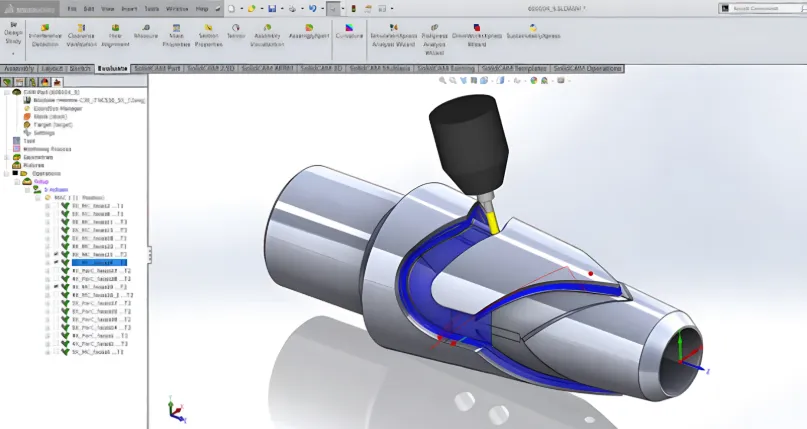 The evolution of CNC software has dramatically expanded the complexity of manufacturable geometries while simultaneously reducing programming time. Modern CAM systems now feature automated feature recognition that can identify holes, pockets, and contours directly from CAD models, significantly accelerating the programming process for common part features. Advanced toolpath strategies like adaptive clearing maintain optimal chip loads during roughing operations, while trochoidal milling techniques enable high-efficiency machining of difficult materials. Simulation modules provide virtual verification of entire machining sequences, detecting potential collisions between tools, workpieces, and machine components before any physical cutting begins. Some high-end CNC software packages now incorporate physics-based machining models that predict cutting forces, tool deflection, and even workpiece vibrations, allowing for preemptive optimization of cutting parameters. The integration of tool libraries and material databases further streamlines programming by storing preferred cutting speeds, feeds, and stepovers for various tool-material combinations, ensuring consistent results across different jobs and operators.
The evolution of CNC software has dramatically expanded the complexity of manufacturable geometries while simultaneously reducing programming time. Modern CAM systems now feature automated feature recognition that can identify holes, pockets, and contours directly from CAD models, significantly accelerating the programming process for common part features. Advanced toolpath strategies like adaptive clearing maintain optimal chip loads during roughing operations, while trochoidal milling techniques enable high-efficiency machining of difficult materials. Simulation modules provide virtual verification of entire machining sequences, detecting potential collisions between tools, workpieces, and machine components before any physical cutting begins. Some high-end CNC software packages now incorporate physics-based machining models that predict cutting forces, tool deflection, and even workpiece vibrations, allowing for preemptive optimization of cutting parameters. The integration of tool libraries and material databases further streamlines programming by storing preferred cutting speeds, feeds, and stepovers for various tool-material combinations, ensuring consistent results across different jobs and operators.
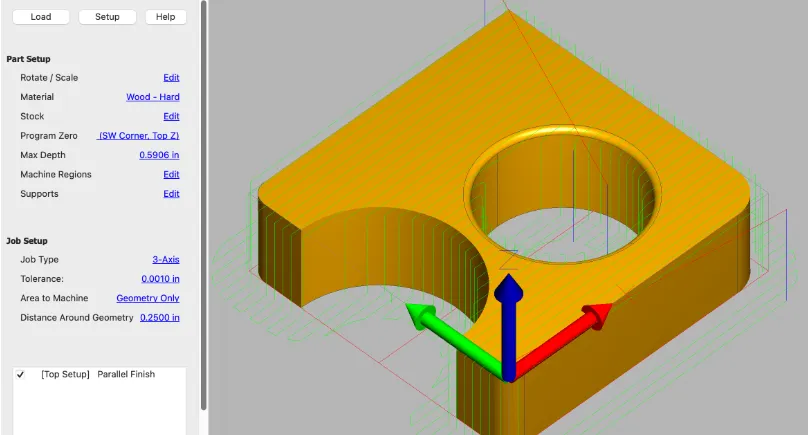
At the machine control level, CNC software takes on additional responsibilities for real-time process management and optimization. Industrial CNC controllers like Siemens SINUMERIK, Fanuc, and Heidenhain operate as specialized computers running deterministic real-time operating systems capable of precisely coordinating multiple axes of motion while maintaining synchronization at microsecond intervals. These control systems interpret G-code instructions while simultaneously monitoring feedback from encoders and sensors to ensure positional accuracy. Advanced CNC software features like look-ahead functionality analyze hundreds of program blocks in advance to optimize axis acceleration and deceleration, preventing jerky motions that could affect surface finish or dimensional accuracy. Some controllers now incorporate adaptive control capabilities that automatically adjust feed rates based on real-time spindle load measurements, maintaining optimal cutting conditions as tool wear progresses or material hardness varies. The human-machine interface (HMI) components of CNC software have evolved from simple text-based displays to sophisticated graphical environments featuring 3D visualization of toolpaths, touchscreen operation, and integrated documentation systems that provide machine operators with setup instructions and quality checkpoints.
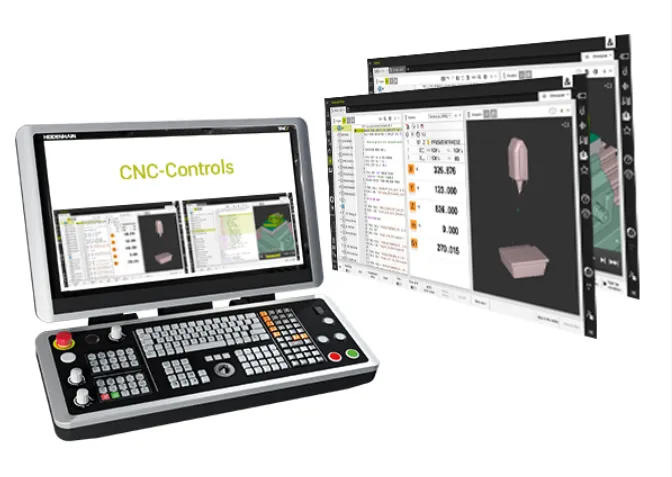
The increasing connectivity of CNC software represents a transformative shift in manufacturing intelligence and workflow integration. Modern systems support standardized data exchange formats like STEP-NC that carry richer manufacturing information than traditional G-code, including tolerances, surface finish requirements, and inspection criteria. Cloud-connected CNC software enables remote monitoring of machine status, tool life, and production progress from any internet-connected device. Some advanced implementations feature machine learning algorithms that analyze historical performance data to predict maintenance needs or optimize cutting parameters for specific material batches. Digital twin technology creates virtual replicas of physical machining processes, allowing for continuous comparison between predicted and actual performance to identify deviations and opportunities for improvement. These connected capabilities are driving the emergence of smart factories where CNC machines automatically adjust their operations based on real-time data from other systems in the production environment, such as coordinate measuring machines (CMMs) or tool presetters.
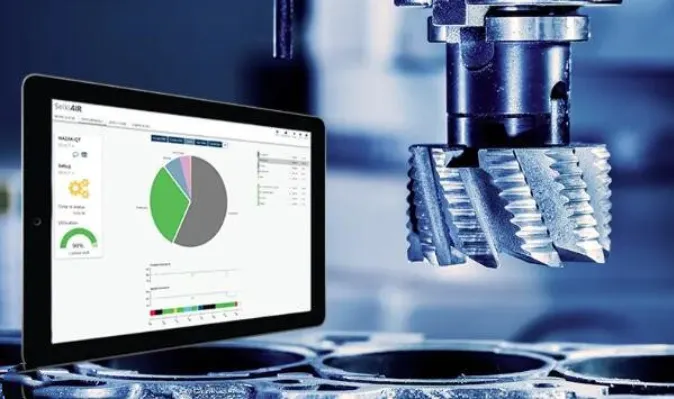
Specialized CNC software solutions have emerged to address the unique requirements of particular manufacturing sectors. In the mold and die industry, dedicated CAM software like Tebis and WorkNC provide advanced strategies for machining complex freeform surfaces with stringent surface finish requirements. The aerospace sector utilizes high-performance programming systems like CATIA and NX CAM that can handle the massive CAD datasets typical of aircraft components while generating efficient toolpaths for difficult-to-machine alloys. Dental laboratories rely on specialized dental CAM software that automates the machining of crowns, bridges, and implants from scan data with minimal manual intervention. The woodworking industry has developed its own class of CNC software like AlphaCAM and Cabinet Vision that streamline the production of furniture components and architectural millwork. Even hobbyist and educational markets are served by accessible CNC software options like Carbide Create and Easel that lower the barrier to entry while still providing capable toolpath generation for basic machining operations. This diversification of CNC software solutions reflects the technology’s adaptability to virtually any subtractive manufacturing application.
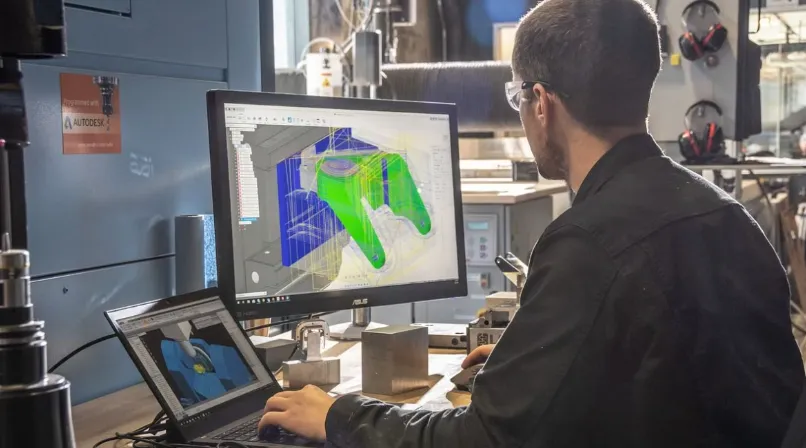
The future trajectory of CNC software development points toward even greater integration, automation, and intelligence in manufacturing systems. Emerging artificial intelligence applications are beginning to automate traditionally manual programming tasks, such as selecting optimal tooling strategies based on part geometry analysis. Augmented reality interfaces are being tested to provide machine operators with real-time visual overlays of setup instructions and quality checkpoints. The continued development of model-based definition (MBD) methodologies promises to further streamline the transition from design to manufacturing by embedding all necessary machining information directly within 3D CAD models. Cybersecurity considerations are becoming increasingly important as connected CNC systems require protection from potential digital threats in industrial networks. These ongoing advancements ensure that CNC software will remain at the forefront of manufacturing technology, continuously evolving to meet new challenges while providing manufacturers with ever-greater capabilities for precision, efficiency, and innovation in production environments.




